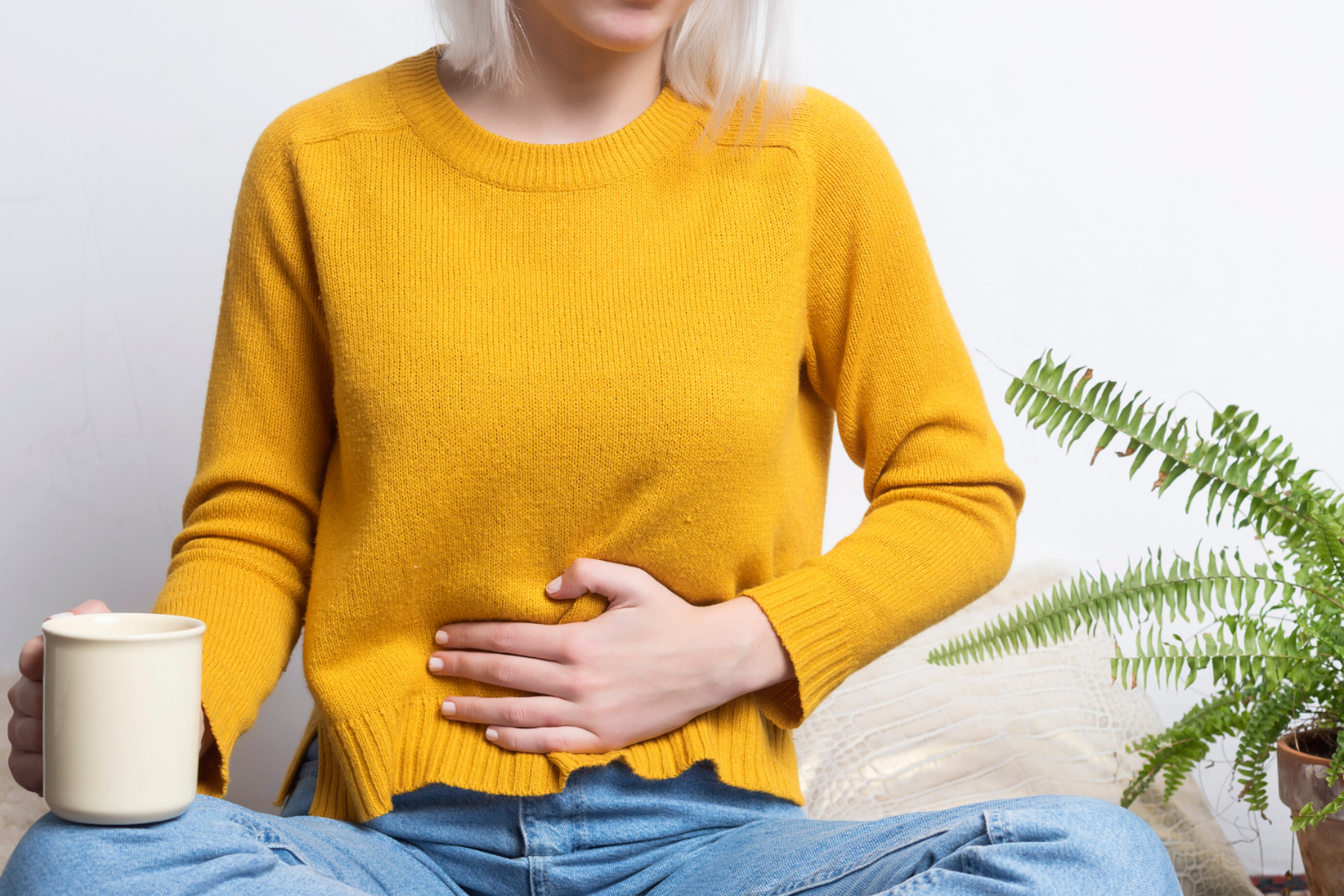Possible causes of symptoms
There can be many different causes for atypical gynaecological symptoms. Symptoms can be caused by diseases and syndromes such as:
Endometriosis and adenomyosis
Endometriosis is a disorder that affects an estimated 10 to 15% of women of childbearing age. In endometriosis, tissue similar to the lining of the uterus grows outside the uterus, in areas such as the peritoneum, ovaries, or the surface of the bowel. In adenomyosis, the tissue grows on the uterine muscle. Endometriosis tissue and the blood that leaks from it into the abdominal cavity cause chronic inflammation in adjacent tissues.
Endometriosis affects life in many ways and can cause chronic pain and infertility. The most common symptoms are various pains in the pelvic area, heavy menstrual flow, and problems with defecation and urination. However, the symptoms of endometriosis are individual. Treatment for endometriosis is planned according to the symptoms and treatment goals. The aim of treatment can be to reduce pain, control the progression of the disease, or manage infertility.
PCOS
PCOS, or polycystic ovary syndrome, is the most common hormone disorder in women, affecting around 10 to 18%. PCOS is more than just PCO, or polycystic ovarian syndrome, because PCOS is also associated with hormonal disorders. Symptoms of PCOS can include long and irregular menstrual cycles, prolonged or absent periods, male-pattern hair growth, acne, and weight gain especially around the midsection.
To diagnose PCOS, two of the following findings must be present:
- polycystic ovaries on ultrasound (more than 20 follicles in at least one ovary)
- a prolonged or absent menstrual cycle (exceeding 35 days at least twice a year)
- excessive male hormone activity (hyperandrogenism), which can be diagnosed either by male-pattern hair growth (hirsutism) or blood tests.
PCOS is the leading cause of female infertility and is also associated with an increased risk of type 2 diabetes, metabolic syndrome, and cardiovascular disease. Treatment of PCOS always depends on the symptoms. The aim of treatment may be to correct sugar and fat metabolism disorders, lose weight, or treat infertility.
Vulvodynia
Vulvodynia is a syndrome characterised by chronic pain in the vulva for which no clear cause can be found. An estimated 8 to 16% of women live with various types of pain in the external genitalia. The pain associated with vulvodynia can be localised within the external genitalia or a vaguer general pain. Pain can occur either as a result of contact or without contact. The most common form of vulvodynia is vestibulodynia, which occurs as vaginal contact pain and is most common in young people. There is also a rarer form of vulvodynia, which is a type of nerve pain.
Symptoms of vulvodynia can include pain during intercourse and dry, tender mucous membranes. People with vulvodynia often have clear pain spots around the vaginal opening. In addition, vulvodynia can be associated with vaginismus, or pelvic floor muscle tension.
Defining the pain associated with vulvodynia and its occurrence can be difficult, and not all symptoms can be clearly classified into a specific subtype. Symptoms may also vary depending on your life situation or menstrual cycle. For some, a period of pain can last a few months, and for others, the pain can last a lifetime.
The treatment of vulvodynia varies according to the symptoms, and the subtype of vulvodynia influences the choice of treatment. Treatment often involves the interruption of any combined contraception, sexual counselling, physiotherapy, treatment of pain spots, and pain management with medication.
